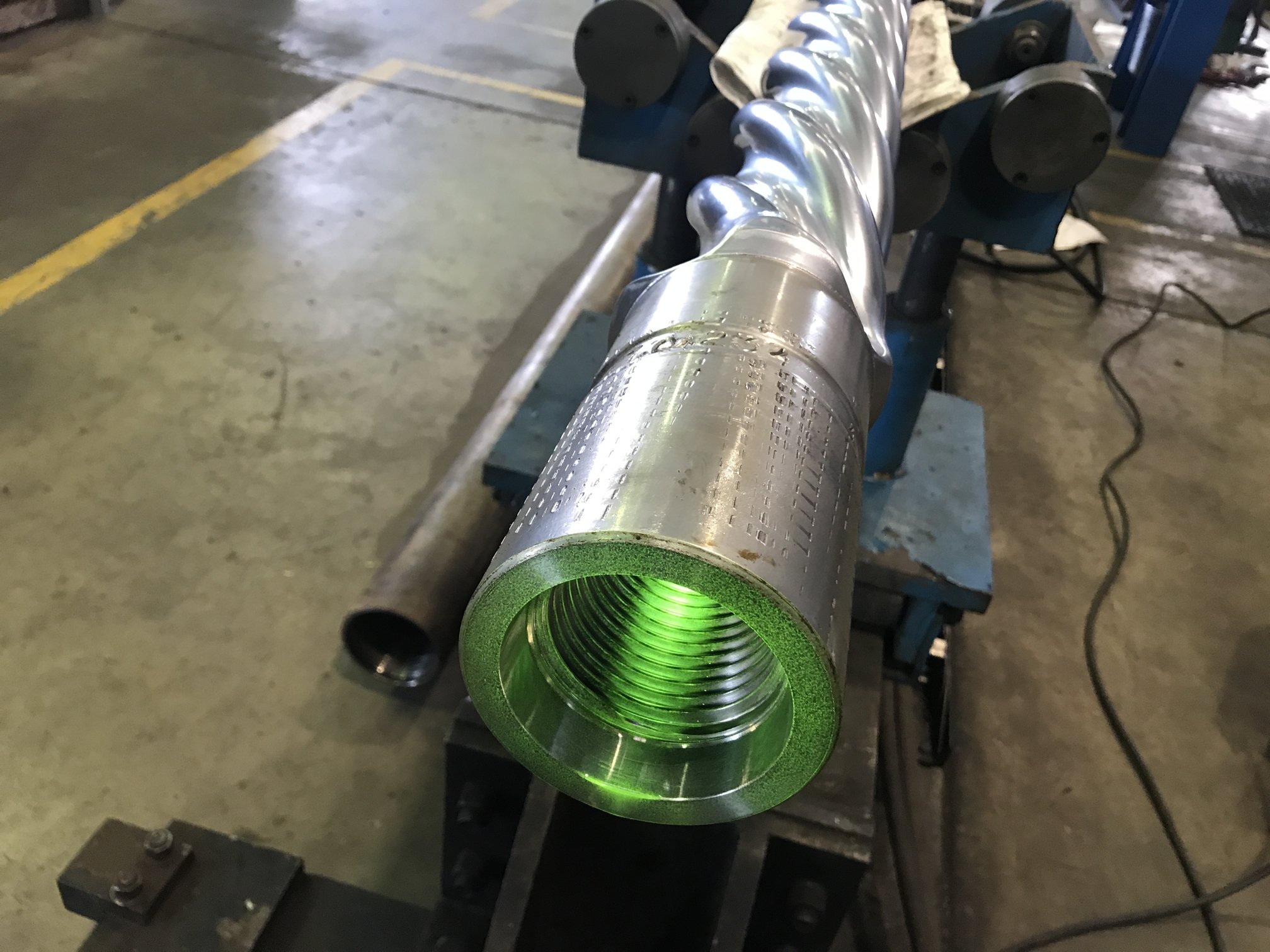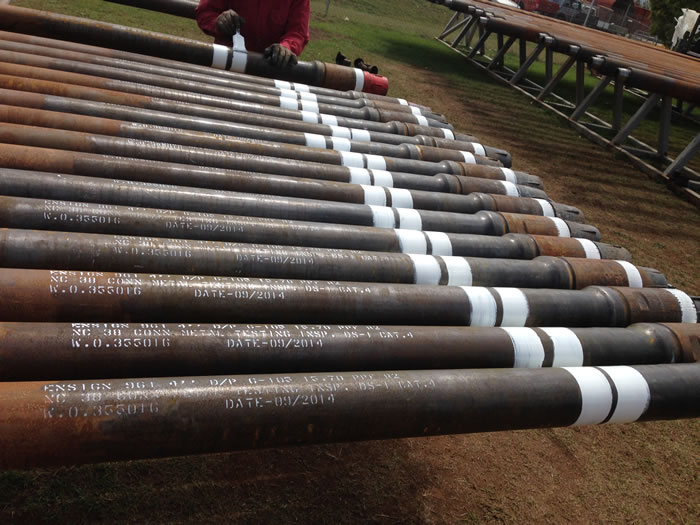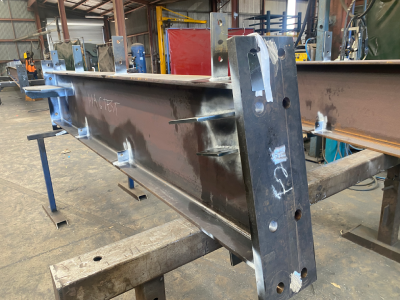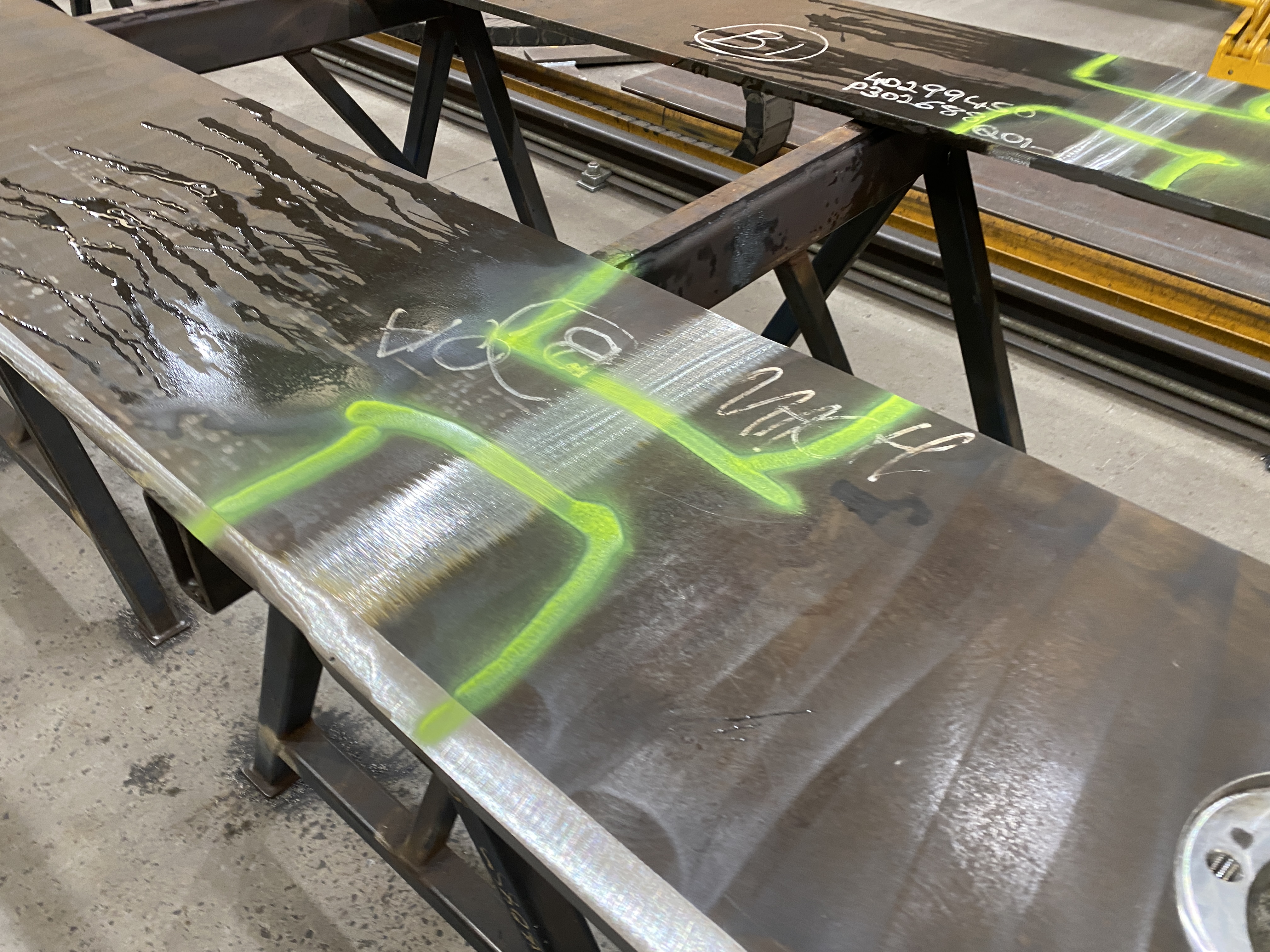Magnetic Particle Inspection
Magnetic Particle Inspection (MPI) is an inspection method used to find surface breaking and near sub-surface flaws in ferrous materials.

The effectiveness of MPI diminishes depending on the flaw depth and type and it is often used in combination with other NDT methods.
Iron particles are applied dry or wet, suspended in a liquid, coloured or fluorescent. A magnetic field is applied using a hand held magnetic yoke or a magnetic coil . The magnetic flux is distorted by the presence of a flaw, crack or inclusion. The MPI magnetic field and iron particle is optimised to suit the customer application.
The advantages of MPI include the economic NDT assessment of a wide variety of components and shapes, ease of mobility and immediate feedback.
Applications range from the checking of raw material (steel billets or slabs), and machined parts before they are put into service as well as the inspection of structural parts for fatigue cracks.


